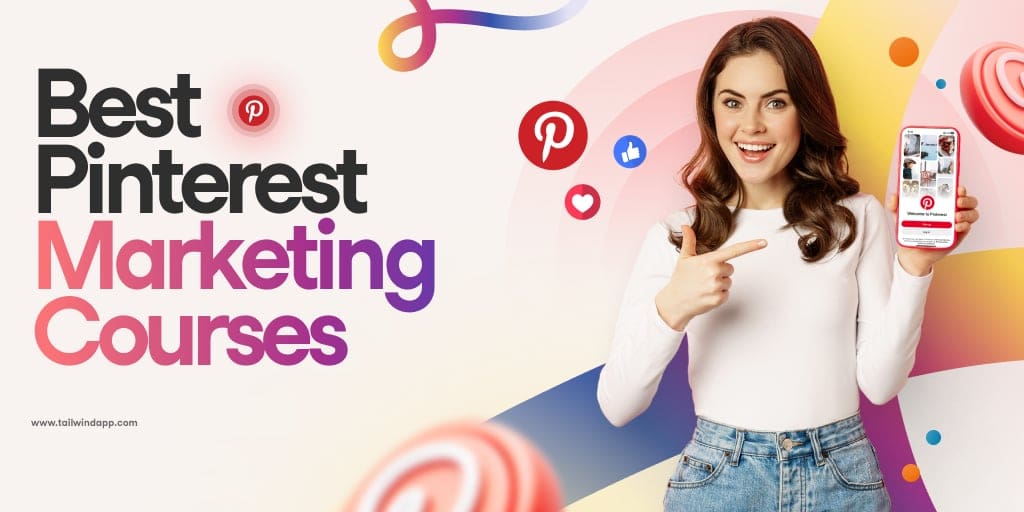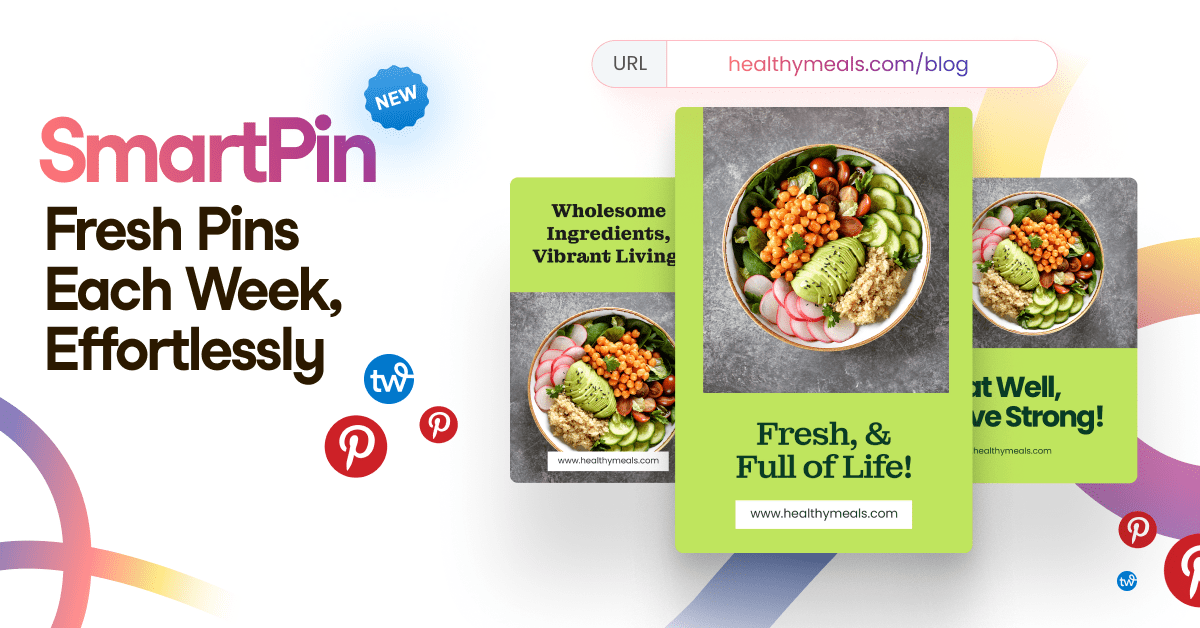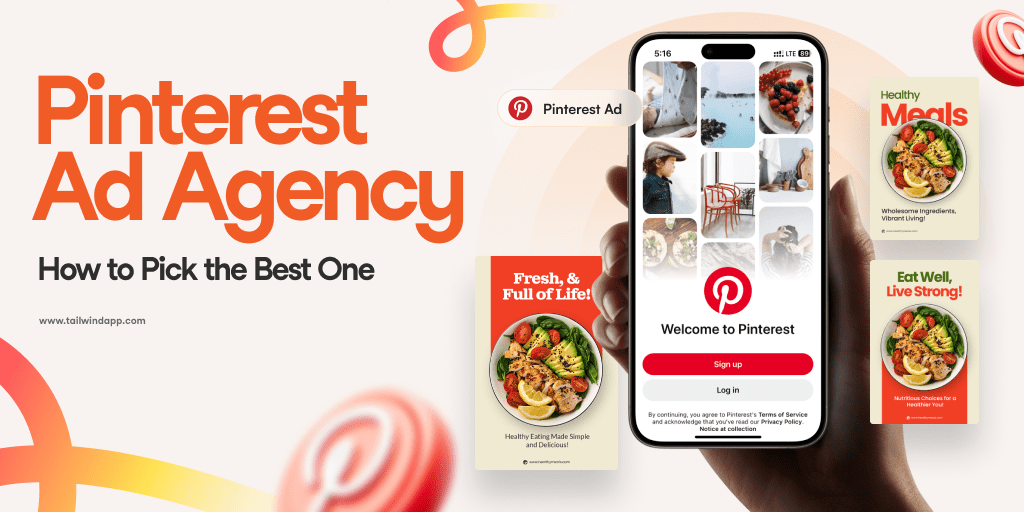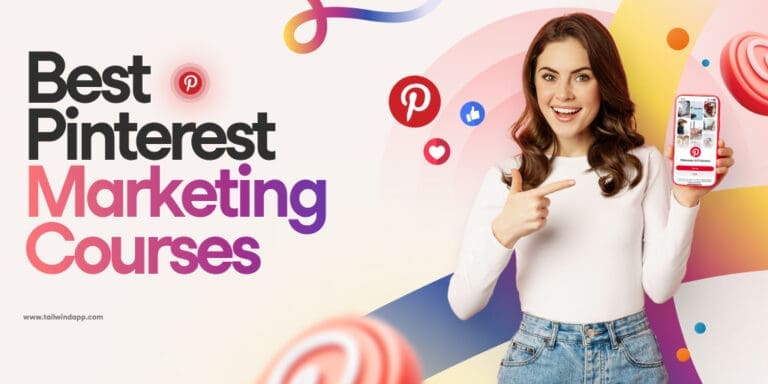
Learning how to create a successful email marketing campaign is one of the best ways to connect with your customers and promote your business.
It actually does it so well that it is one of the most profitable marketing strategies. ROI on email marketing can be around 36:1. Meaning that you will get $36 for every $1 spent. Hard to beat!
But not all email marketing campaigns are that successful. There are many tweaks and tips that can make all the difference between a good campaign and a waste of resources.
In this post, we will explain how to create an email marketing campaign, provide you with actionable strategies, and make sure that your road to success is shorter (and easier) so you can learn how to do email marketing yourself, successfully!
What is an Email Marketing Campaign?
An email marketing campaign is a set of messages sent at specific intervals with a commercial purpose.
The goal is to promote a product or service, engage customers, or drive traffic to your website.
A successful campaign requires proper planning, execution, and constant A/B testing.
But enough of the introduction, let’s get to the action!
Email Marketing Campaign Types
Depending on the goals that your email campaign has, there are several campaign structures and messaging styles that you can choose from.
The most common goals for email marketing campaigns are:
- Selling a product or service
- Sending news and updates
- Reaching out to cold leads
- Nurturing customers/subscribers
- Building relationships
- Providing customer support
- Helping new users
Now that we have the most popular goals listed let’s have a look at the type of campaigns that you would use to achieve them.
Outreach Email Campaigns
This campaign is sent to people who don’t know your company yet.
It serves as the introduction and usually contains a CTA to learn more or sign up for your product.
The main objective is to increase brand awareness and get new leads.
Lead Nurturing Campaigns
You would use this email campaign when you have already captured a lead, but they haven’t converted yet.
The goal is to build a relationship with the lead and move them further down your sales funnel.
Welcome Email Campaigns
Welcome campaign emails are sent to new customers. It’s a way to introduce your brand, build rapport, and make sure they start off on the right foot.
In this email, you would usually thank them for the purchase (or for their trust) and give them a quick overview of what they can expect from your product or service.
You might also want to include a CTA to get them started or learn more about your service.
Newsletter
An email newsletter is a great way to keep your customers updated on what’s new with your business and your industry.
This is a great opportunity to establish yourself as an authority in your niche and build trust.
While it can be used to promote special offers, product launches, new posts, or events – you can also send industry updates or just articles that piqued your interest.
Promotional Emails
Sure, all the emails you send to your customers are promotional. But while the others are “soft” promotions, this one is right-in-your-face.
This email is typically used to promote sales, discounts, or special offers. You don’t want to come across as being too “salesy” or spammy, so be sure to strike the right balance.
Offer a great deal, be straightforward about it but at the same time keep the customer relationship in mind.
Seasonal Email Campaign
Whether it’s Christmas, Thanksgiving, Halloween, or any other holiday, it is a great time to pitch your seasonal offer to your audience.
You can use this type of email to promote anything from discounts and sales to competitions and giveaways.
Just find a way to tie your offer to the particular season or festivity – and you should see an increase in the results!
Reactivation Email Campaigns
Sometimes people just need a little reminder about your brand before they’re ready to buy from you.
You can use reactivation emails to reach out to those customers who haven’t interacted with you for a while and give them a nudge in the right direction.
Customer Retention Emails
It’s always cheaper to keep a customer than to find a new one.
Make sure you’re doing everything you can to ensure that your customers stay happy and engaged with your brand.
If your service was not working, reach out to the affected customers.
Or maybe you know they are about to receive your product – so ask them how they like it.
Every little bit of attention helps to achieve a lower churn rate.
Product Announcements
Rolling out an update? Launching a new feature? Let your customers know!
Product announcements are a great way to keep your customers in the loop about what is going on with your business.
They also give you a reason to email your list and remind them about your brand!
Customer Support Campaigns
Email can be a great way to keep in touch with your customers and offer them support.
You can use email to answer frequently asked questions, give customer service updates, or even offer live chat support.
Cross-sell Campaigns
Do you have a product that goes great with another product? If so, let your customers know!
Cross-selling is a great way to increase order value and customer satisfaction. You can also use email to upsell or down-sell customers on different products from your offer.
E-Commerce Email Campaigns
Everything that we described above can be implemented in e-commerce, but there are some additional options.
For example, you can use email campaigns to send abandoned cart emails, order confirmation emails, and start a whole post-purchase email campaign!
How to Create an Effective Email Marketing Campaign
Let’s get into action. We will lead you through an example of a thought process when launching a new campaign.
Keep in mind that you have to edit it based on your business type and its goals, but the overall ideas will still remain.
1. Set clear goals
A bit cliche, but important nonetheless. You need to know exactly what you want to achieve with your campaign.
- Getting more website visitors?
- Increasing the number of leads?
- Improving customer satisfaction?
- Reducing churn rate?
Based on the desired outcome, you can better structure your message to the subscribers.
The worst is being indecisive and trying to achieve several goals at once.
If you are sending an onboarding welcome email – it is too early for a discount!
2. Choose the right setup.
Technical aspects of email marketing go beyond the scope of this post, so we will just quickly run through some of the most critical tips.
- Do not send from generic domains. Use a subdomain associated with your brand. So no gmails, outlooks, yahoos, or proton mail – it looks unprofessional.
- If you are working with a big list and have not previously launched campaigns – consider using subdomains. It limits the risk of spam flags and blacklisting.
You will need to use one of the email marketing tools. There are plenty of email service providers that you can use – referred to as Autoresponders Tailwind being one of them!
3. Who is your client?
You have a list of emails, but who are those people? Who is your target audience?
Behind every subscriber is someone who decided to give you their email in exchange for something.
What are the decision-making triggers in your niche? The people on your list want to get value.
A major part of a successful email marketing strategy is to clarify the goals of your audience and create a campaign that will help them reach them.
4. Segment your audience
You have an extensive list, and you want to send everyone the same message. But not all subscribers are in the same stage of their buyer’s journey.
Better results can be achieved by segmenting your audience and sending them more targeted content.
There are many ways to segment your audience, for example, by:
- Location
- Gender
- Age
- Profession
- Income
- Interests
- Purchase history
Or anything else that is important in your niche.
Segmentation will allow you to target the customer profiles better. Your message will be more powerful, converting into better results.
5. Personalization vs. automatization
You are sending an email to thousands of people, but that does not mean there should be no personalization.
In many cases, generalization could be a conversion killer.
Just mentioning the first name of the subscriber might already be enough. In case you have something else you can use, like the name of the company, city, or interests – consider how you can seamlessly inject it into the email body.
In case you are not sure if you are not getting too personal – you probably are. No need to congratulate them on their recent trip to Cabo that you scraped from Facebook.
6. Define a CTA
Each message in your email campaign should have a goal. Even the newsletters or welcome messages.
They may seem like an on-off thing, but that would be incorrect. Everything should be a part of a wider strategy with an end goal in mind.
Each message should always have a clear call to action. Without it, people will not know what you want them to do, and your email campaign will have no real impact.
The CTA will depend on the type of email campaign. For example, it could be:
- Visit the website
- Read the blog post
- Download the e-book
- Give us your feedback
Conclude the email with an action request!
7. Create a schedule
The best-performing email campaigns are those that are consistent. People like to know what to expect from you and when to expect it.
If they know that every Monday, they will get an email with the latest news in your niche, they are more likely to open it.
Also, do not forget about proper email timing. Do not expect people to open a “hobby” email on Monday morning. The same goes for sending a business niche email on Saturday.
Each niche has its own audience with its specific needs, so it is crucial to do your research and understand when people are most receptive to your message.
8. Keep it short
If you plan a campaign that will send emails every three days – keep the messages short and to the point.
On the other hand, if you are sending one email a month, you can make it longer.
The main point is to keep the audience engaged with email copy that connects, at an appropriate length. If they receive 5 pages of text every second day, they will quickly lose interest.
You must find a balance between not boring the subscribers ( to the point that they stop opening your emails) and efficient monetization of your list, which is correlated with sending frequency.
9. A/B Testing
When your campaign is launched and running – pay attention to all the data that you will be receiving.
- Which email subject line worked best?
- What day and time has the best open rates?
- Do images in email decrease delivery rates?
- Which email copy brought the best results?
Take the top performer and test it against another option. Keep doing that. A/B testing stops only when you have 100% rates on everything that matters…so never.
Better deliverability, slight improvements in open rates, and a bump in CTR – will do wonders for your bottom line.
Tips to Create a Successful Email Marketing Campaign
In addition to the steps that we described in the previous section, here are some of the tips that you can try.
Experiment a bit
Don’t go crazy in every email campaign, but from time to time – do something unusual.
A weird subject line, crazy CTA, more personalized copy – you never know what will move the needle.
Email marketing is all about testing and experimenting. Don’t just test A/B test minuscule changes. Once every couple of emails – try to do something radical.
Don’t overspend
If you are working on a new domain, don’t start sending out 100 emails daily right from the bat.
That is the best way to get into the spam folder.
There is a whole “science” behind warming up a new email address. Start sending 15 emails daily, and every 3-4 weeks, increase it by 5-10 per day.
If you already have an aged domain that is a “seasoned” email sender – this should not be an issue.
Platform choice
There are many email marketing software platforms to choose from. MailChimp, Constant Contact, and AWeber are some of the more popular ones.
Pick a reputable platform that allows plenty of personalization and, most importantly, automation features.
Look for the “if the user clicks X, then Y happens” type of funnel. It will allow you to quickly move subscribers through your funnel and provide deeper segmentation options.
Company info
Required by some regulations, and all in all, a good practice is to have the company’s address in the signature of your email.
In case the actual address is not available, at least some kind of company/brand information should be included.
Unsubscribe link
While it might be counterintuitive, make it easy for your subscribers to unsubscribe.
In case the unsubscribe link is not at the bottom of the email or it is hidden too well – some recipients may press the spam button, decreasing the overall deliverability of your domain.
Sure, it has to happen many times – but it compounds. If the user wants to leave, let them leave.
What are the Most Important Email Marketing Metrics?
We talked about the importance of analysis, testing, and comparison. Here are some of the main email metrics and what they mean to your campaign.
Open rate
This is the percentage of emails opened over those delivered. The optimal percentage will depend on your industry.
To optimize this metric, you should try to send your emails at different times and days to find out which ones give you the best results.
A/B testing email subject lines can also lead to notable improvements in your open rates. So do not be afraid to experiment.
Click-through rate
CTR is the percentage of clicks on the links in your email coming from recipients who have opened the email.
This metric lets you know how many customers are interacting with your email and if they are interested in the content you are sending.
It can be improved with better CTA and, of course, overall targeting.
Conversion rate
Percentage of purchases (or other goals) from the clicks that you got in your email campaign.
After a user has opened your email, the next step should be to convert them, that is, to carry out the action that you have set as a goal.
For example: buying a product or completing a form.
You cant deduct conversion rates from 10 clicks, so wait for at least 100 clicks to make any conclusions.
Bounce rate
The bounce rate is the percentage of emails that could not be delivered.
That usually means that the email you were sending to does not exist.
Unsubscribe rate
This is the percentage of people who decided to stop receiving your future emails.
They may not be interested in the content you are offering, or it is not what they expected to get.
You can try to retain them by customizing your unsubscribe page and adding some persuasive copy or an interesting offer.
Key Takeaways and FAQs
- Successful Email Marketing Campaigns can bring one of the highest ROI among marketing strategies.
- Be clear about the campaign goal, plan ahead and cater to the audience and the occasion.
- Testing is a significant part of email marketing. Analyze the results and experiment with various tactics.
FAQ
What is an email drip campaign?
An email drip campaign is an automated series of emails that are sent out over a period of time. The frequency and content of the emails can be customized according to your needs and goals.
Drip campaigns do not stop sending, even after the CTA was executed.
What is an email blast?
An email blast is a mass email that is sent out to a large group of people at once. The content of the email is usually the same for all recipients.
Email blasts are generally less targeted than drip campaigns and can result in a high number of unsubscriptions.
When should I send marketing emails?
The best time to send marketing emails depends on your audience and the type of email you’re sending. For example, if you’re sending a promotional email, you may want to send it on a day when people are more likely to be in a buying mood. If you’re sending an email newsletter, you may want to send it in the morning or at lunch break, to make sure that people have time to go through it.
How often should I send marketing emails?
The frequency of your email marketing campaigns will depend on your audience and the type of email you’re sending.
If you’re sending a promotional email, you may want to send it weekly, or monthly. If you’re sending an email newsletter, you may want to send it daily or weekly.







